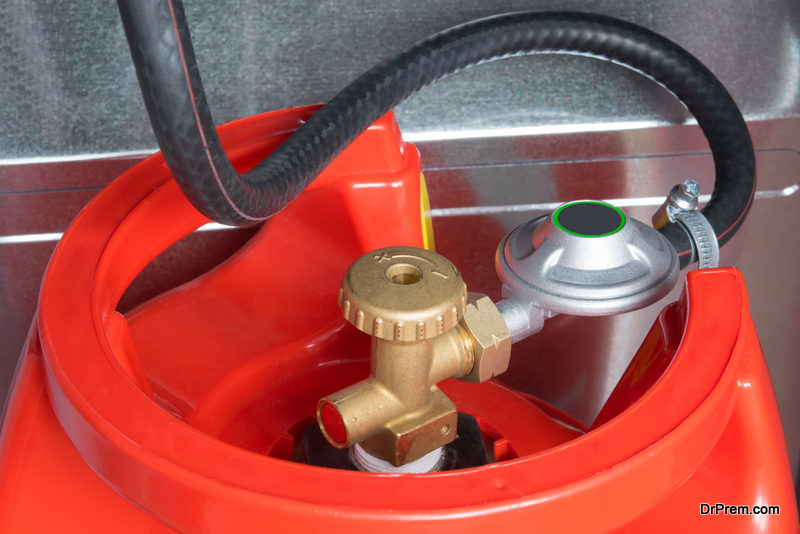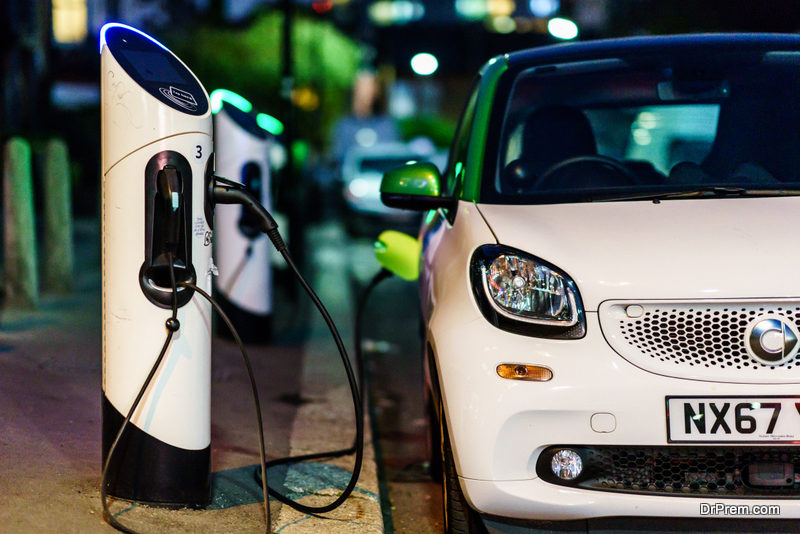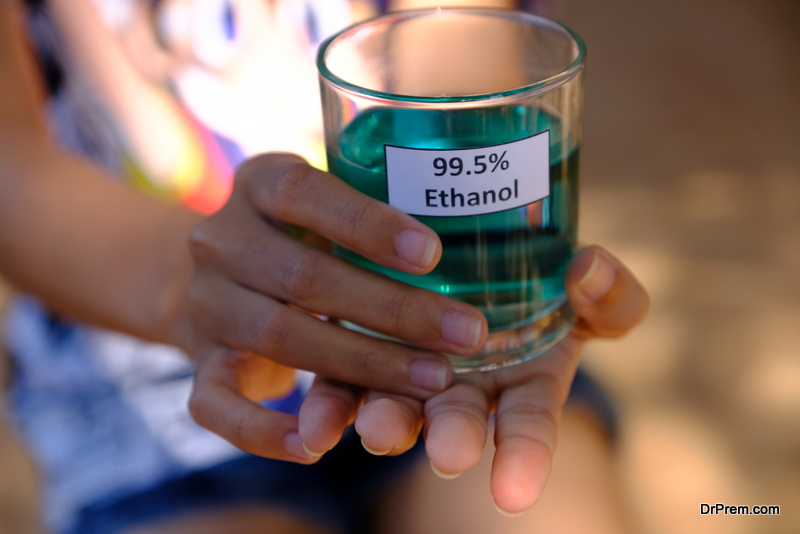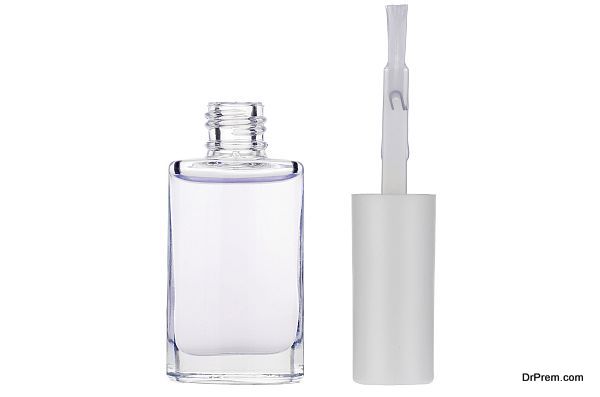Alternative fuels have generated a lot of interest in people as they have less emissions. The use of alternative fuels might lead to reduction in global warming and air pollution. Most of these fuels are derived from sustainable sources and with more people adopting them in vehicles and other uses, they might help the planet to become much less dependent on limited fossil fuel resources. Take a look at the various types of alternative fuels which will play a big role in the future.
8 most promising types of alternative fuels
Biodiesel
 This is another of the plant-based types of alternative fuels. It is derived from vegetable oils such as palm oil and sunflower oil, soybeans and recycled restaurant grease/fat/oil, which might also include animal fat. It does not have any petroleum, but can be mixed with petroleum and used in vehicles’ unmodified engines, known as B20. Engines of vehicles can be converted to burn the biodiesel in the pure form, known as B100.
This is another of the plant-based types of alternative fuels. It is derived from vegetable oils such as palm oil and sunflower oil, soybeans and recycled restaurant grease/fat/oil, which might also include animal fat. It does not have any petroleum, but can be mixed with petroleum and used in vehicles’ unmodified engines, known as B20. Engines of vehicles can be converted to burn the biodiesel in the pure form, known as B100.
Biodiesel is safe, biodegradable, has reduced emissions such as reduced particulate matter, hydrocarbons and carbon monoxide. The drawback to this fuel is the limited production as well as the infrastructure for distribution, which needs vast improvement. B20 has been used successfully in many cars, thus making it one of the future fuels for cars to watch out for.
All countries can produce biodiesel on their own, thus reducing the dependence on fossil fuels, which are available in only a few parts of the world.
Other advantages of biodiesel are greater lubricity, which extends equipment life, reduced emissions, better burning at higher temperature, as it burns its own oxygen. Better still, it is approved by OEMs (Original Equipment Manufacturers) such as Ford Motor Company, John Deere, General Motors, Caterpillar and Cummins.
Another of the advantages of biodiesel is that it can be used in standard fired boiler or furnace, which is an alternative fuel for heating homes. According to statistics, if all the homes which use oil to heat their homes use the blend B5 (95% heating oil and 5% biodiesel), then 400,000,000 gallons of oil used for heating can be saved!
Methanol
Also known as wood alcohol, it is used as alternative fuel in alternative fuel or flexible fuel vehicles. It could have been a green fuel, but auto manufacturers have stopped manufacturing the methanol powered vehicles.
CNG or Compressed Natural Gas
 This is one of the types of alternative fuels, which is derived naturally from the gas wells. Though CNG is not renewable energy, it is a cleaner fuel with much less emissions. It reduces 90-97% carbon monoxide, carbon dioxide by 25%, and nitrogen oxide by 35-60% and non-methane hydrocarbon emissions by 50-75%.
This is one of the types of alternative fuels, which is derived naturally from the gas wells. Though CNG is not renewable energy, it is a cleaner fuel with much less emissions. It reduces 90-97% carbon monoxide, carbon dioxide by 25%, and nitrogen oxide by 35-60% and non-methane hydrocarbon emissions by 50-75%.
It also has less emissions of carcinogenic and toxic pollutants, as well as no particulate matter or evaporative emissions. It has been used successfully as fuel for cars now, and can be used as one of the future fuels for cars. CNG is popular as the production cost is low and the running cost of vehicles using CNG is also less.
P-Series Fuels
This fuel is a blend of liquid natural gas, ethanol and MeTHF. The fuel is high octane and can be used in any ratio with gasoline in flexible fuel cars/vehicles.
Propane/LPG
 Propane is produced as byproduct of gas production and refining of the crude oil. It is being used since 1912 in the US. Propane, however, is less energy than gasoline, which means that a car will go only 85% far as car running on gasoline. It is price competitive with gasoline, but it has lower greenhouse gases emissions than gasoline. Propane vehicles produce 20-40% less carbon dioxide and 80% less particulate matter than gasoline. But there is no decrease in nitrogen or VOC and there is a 10% more production of methane than gasoline.
Propane is produced as byproduct of gas production and refining of the crude oil. It is being used since 1912 in the US. Propane, however, is less energy than gasoline, which means that a car will go only 85% far as car running on gasoline. It is price competitive with gasoline, but it has lower greenhouse gases emissions than gasoline. Propane vehicles produce 20-40% less carbon dioxide and 80% less particulate matter than gasoline. But there is no decrease in nitrogen or VOC and there is a 10% more production of methane than gasoline.
Hydrogen Fuel cells
Hydrogen is derived from water and natural gas. Fuel cells use oxygen and hydrogen for electricity production. Hydrogen fuel cell vehicles require a fuel cell stack to run. It is one of the cleanest types of alternative fuels as it releases water vapor only into air, and no other GHGs. The drawback is the prohibitive cost of production, and it is only in very few places in the world right now. It also requires a large amount of fuel to travel small distance, making the storage onboard a problem, especially for long distance travel. Hydrogen fueled cars at the moment are very expensive for most people.
Electricity
 This is an alternative fuel for electric vehicles powered by batteries or fuel cells. Battery powered cars store the power in on-board batteries and have to be recharged from standard electrical sources. Battery powered cars are becoming more common as they can be recharged easily, as compared fuel cell cars for which the infrastructure is not much developed yet. The drawback is that the electricity to power the cars is derived from natural gas or coal, which increases the carbon footprint. If electric cars could be charged from solar or any other renewable power source, they would be a much cleaner fuel option.
This is an alternative fuel for electric vehicles powered by batteries or fuel cells. Battery powered cars store the power in on-board batteries and have to be recharged from standard electrical sources. Battery powered cars are becoming more common as they can be recharged easily, as compared fuel cell cars for which the infrastructure is not much developed yet. The drawback is that the electricity to power the cars is derived from natural gas or coal, which increases the carbon footprint. If electric cars could be charged from solar or any other renewable power source, they would be a much cleaner fuel option.
Ethanol
This is one of the best future fuels for cars made by the fermentation and distilling of crops like wheat, barley and wheat and corn. It is already the most used alternative fuel in US. The emission quality and octane levels can be increased when ethanol is blended with regular gasoline. Ethanol’s high octane level give result to better engine efficiency. However, as it has less energy than gasoline, it would require more quantity of ethanol to go the same distance.
Ethanol can be used by upto 10% in gasoline vehicles, and in specialized trucks and cars, known as Flexible Fuel Vehicles, ethanol can be used upto 85% concentration. Commercially, it is now available as E85 fuel, meaning 85% ethanol with 15% gasoline. Ethanol is one of the types of alternative fuels which is used for farming purposes as well as fuel for aircrafts (AGE-85). There are many advantages of ethanol and is it also used in household cleaning products as well as in personal care.
Alternative fuels need to be produced in greater quantities to make them cheaper for everyone. The vehicles which can run on alternative fuel also need to increase so that we can have reduced air pollution from vehicles in the future.




